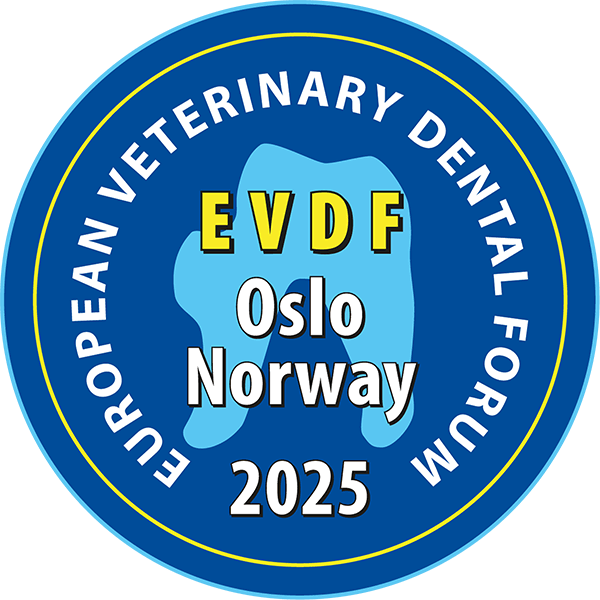

Orosinus, oronasal, and orocutaneous communications are some of the most difficult postoperative complications to manage in equine exodontia1. These persistent pathologic oral communications (PPOC) are created either via primary dental pathology or iatrogenically during the surgical procedure. Chronic alveolar infection or severe periodontal disease can be a primary cause of a PPOC. Often these cases are chronic in nature and extremely difficult to resolve. Debridement of all necrotic and inflammatory tissue from the tract is necessary to restart the biologic healing of the local area. The healing area must then be protected from further contamination with food materials and oral fluids with the use of an obturator or tissue flap. In iatrogenic cases, the defect will often close without debridement as long as the healing area is not overwhelmed with oral contaminants. In both scenarios an effective obturator is necessary.
Many different materials have been utilized and described in the literature. The principle of a successful obturator is to create a space occupying device that will create a biologic seal and plug of the vacated alveolus. The perfect obturator would be a device that is not only biologically sealing and space filling, but also biodegradable, allowing bone to fill the vacated alveolus over time. This type of obturator is not known to exist at the present time. The next best obturator is one that fills the entire space, prevents oral materials from contaminating the vacated alveolus and is well retained in the oral cavity.
This manuscript describes the novel use of a flowable human crown and bridge temporization material to intraorally build a mechanically retained rigid obturator. Twenty-one cases involving maxillary and mandibular PPOCs that were treated via this method, with long term follow-up, were included in the study.
